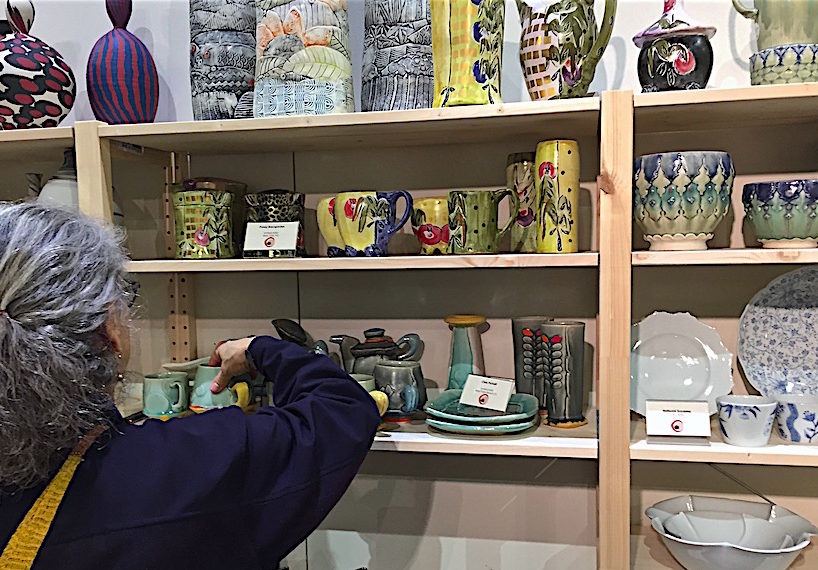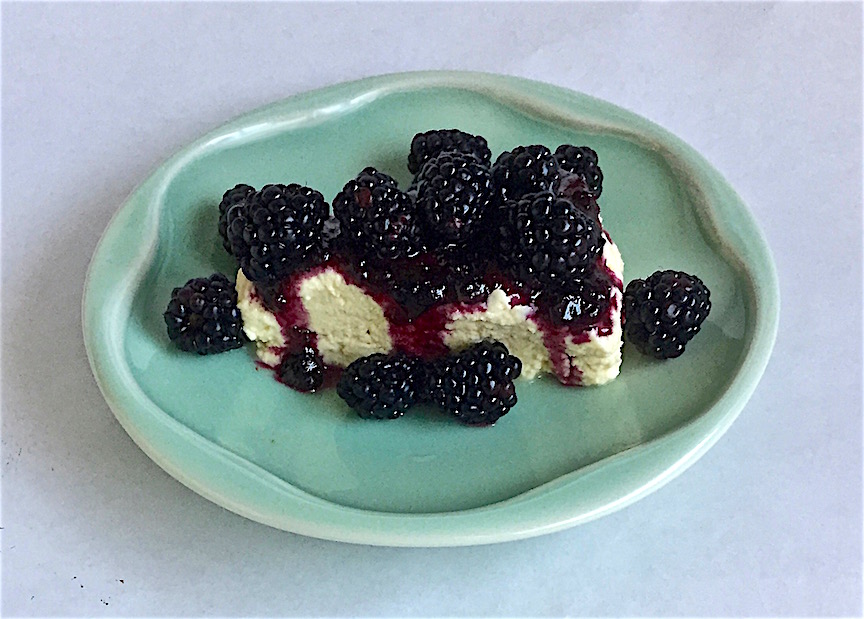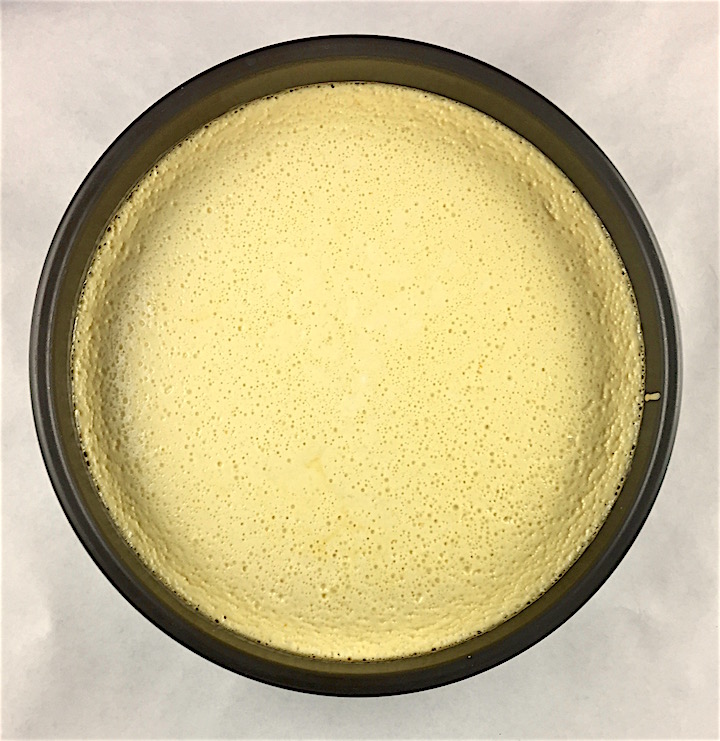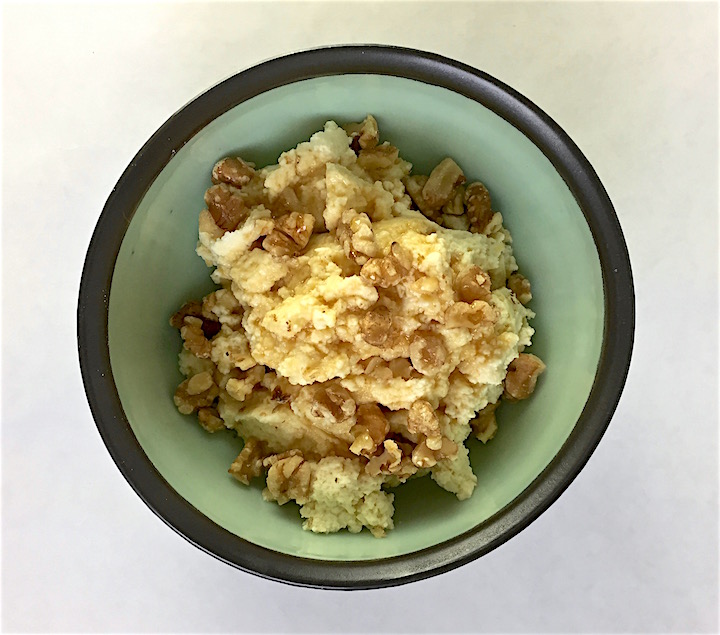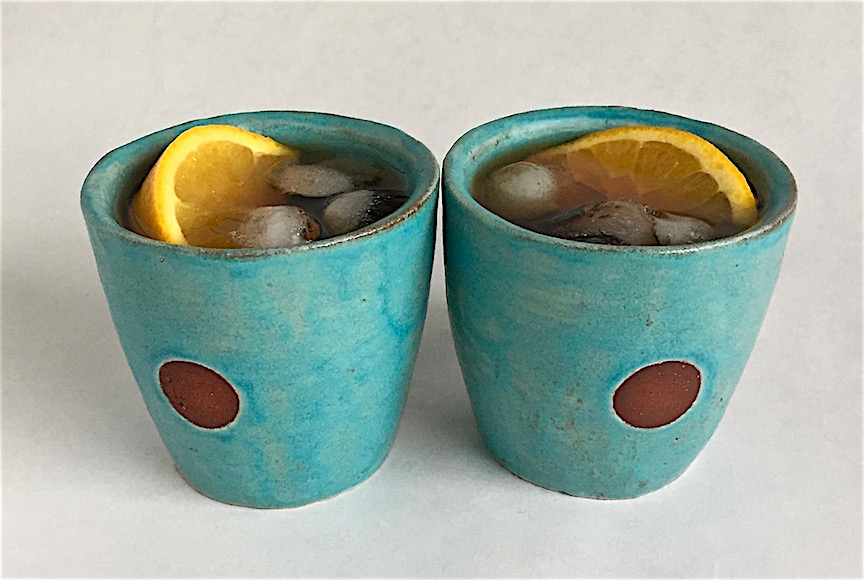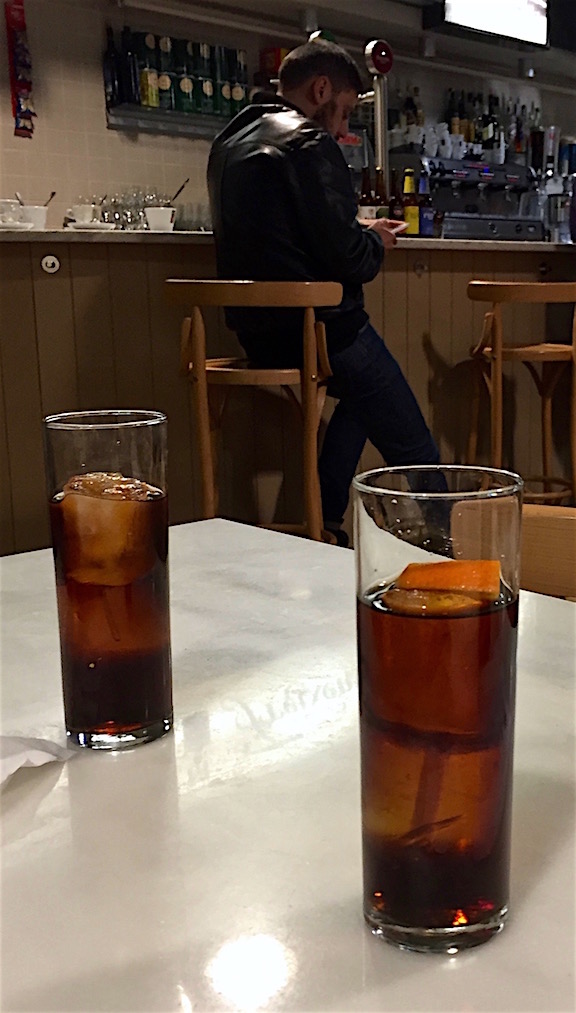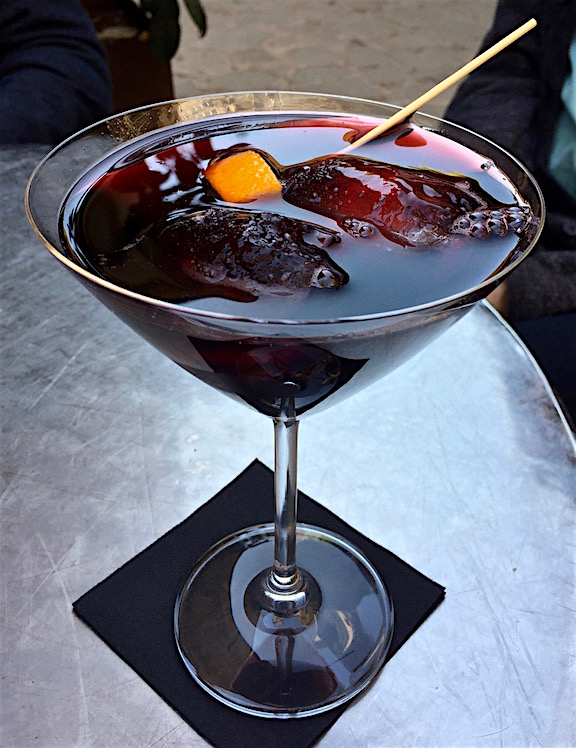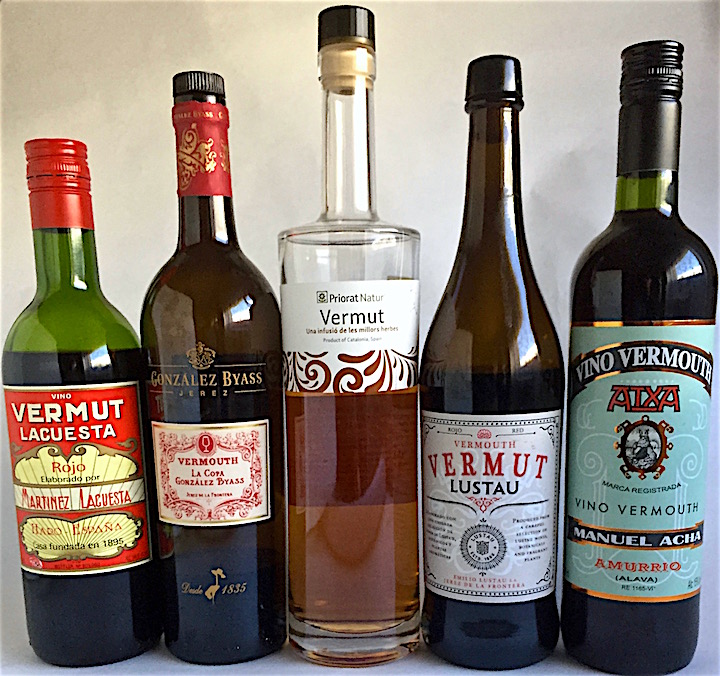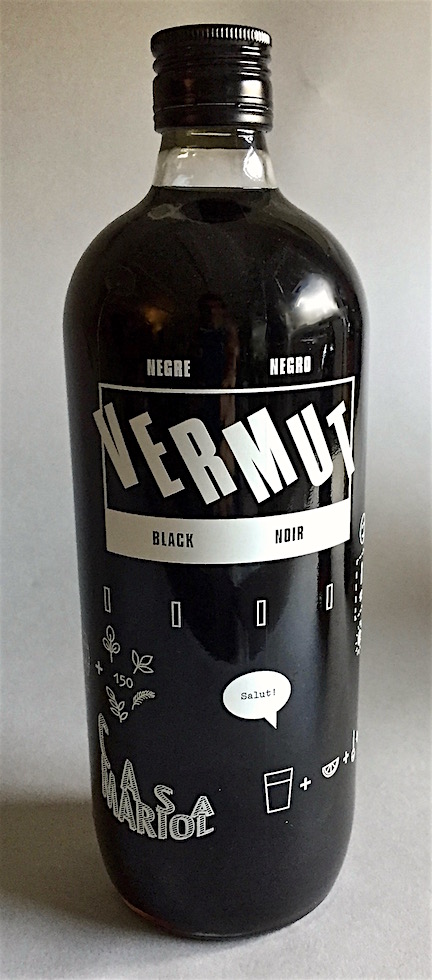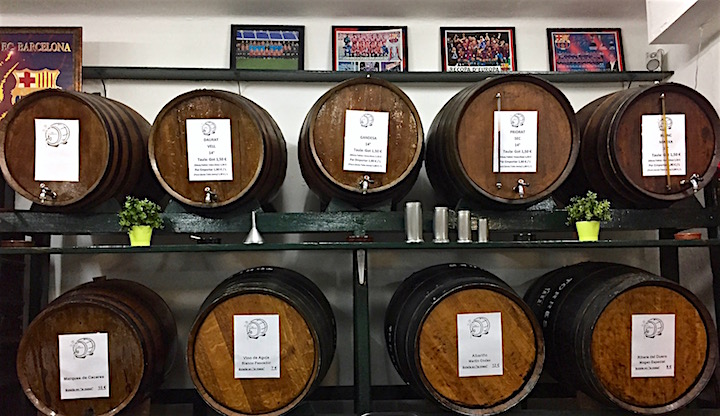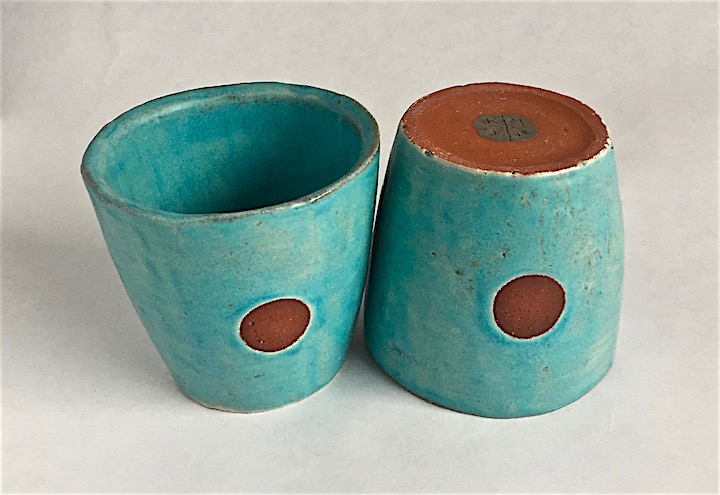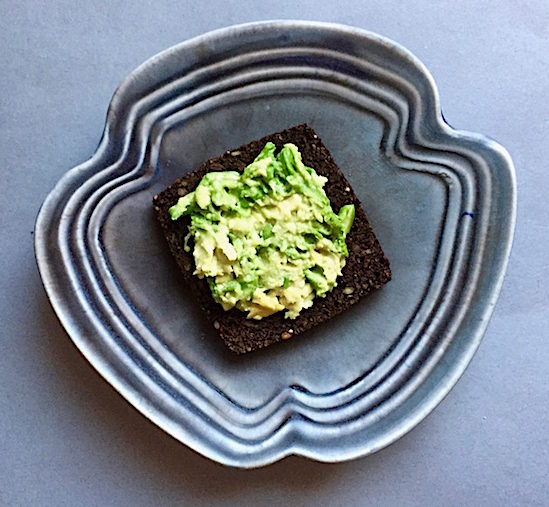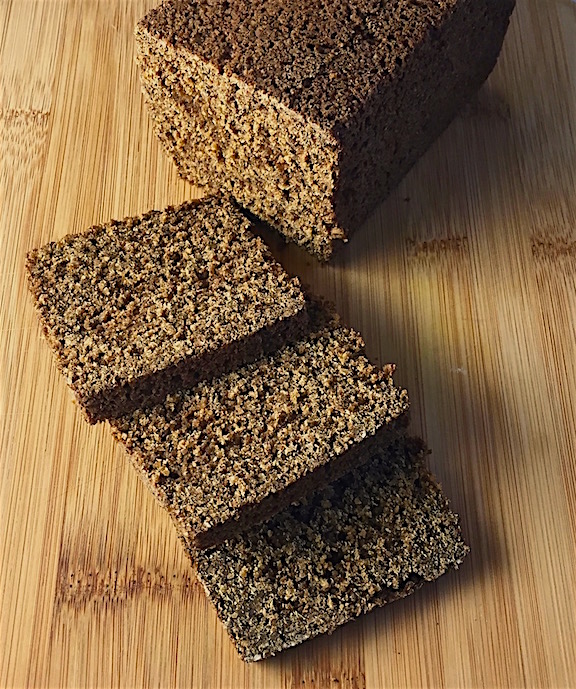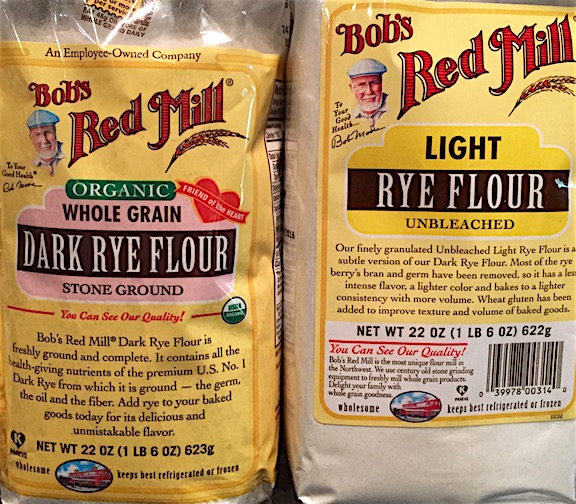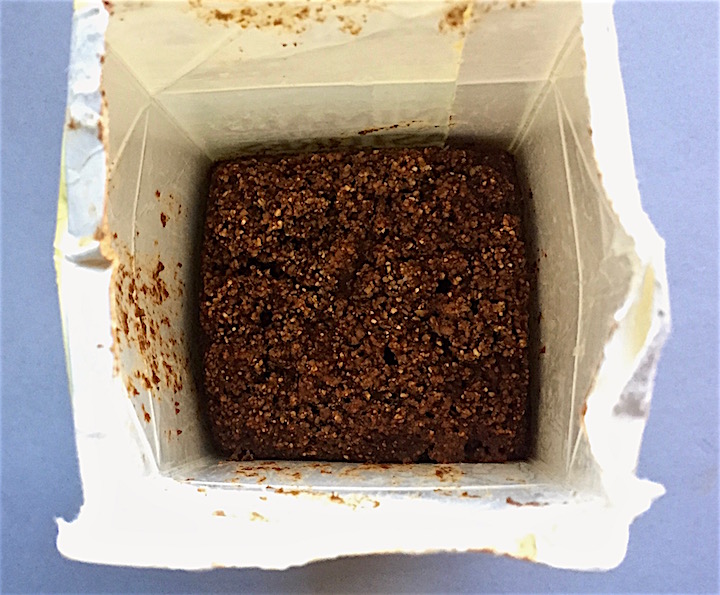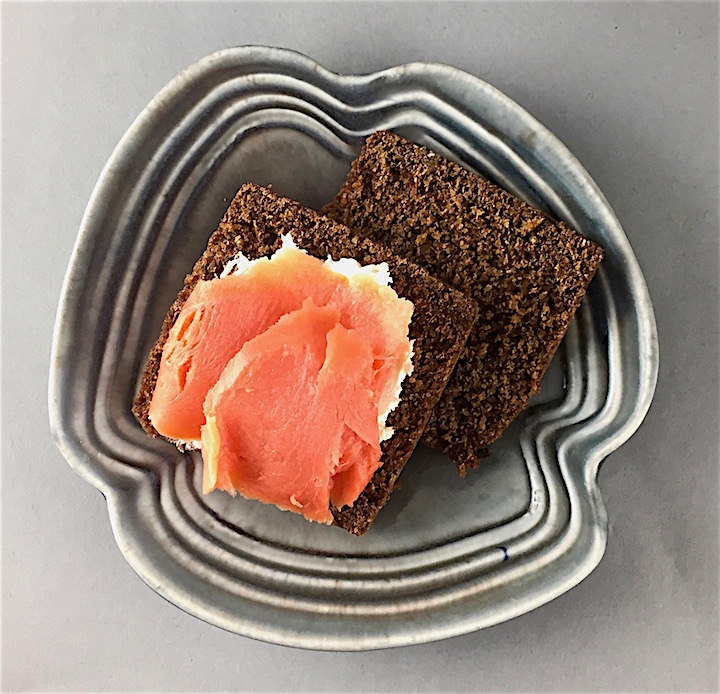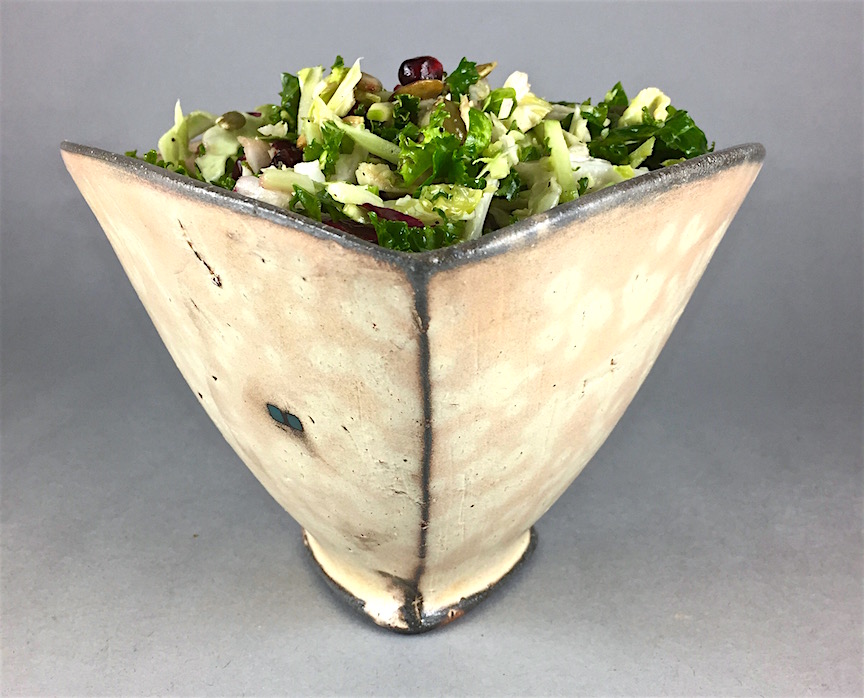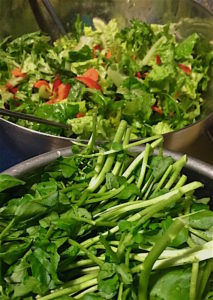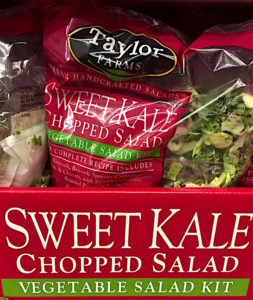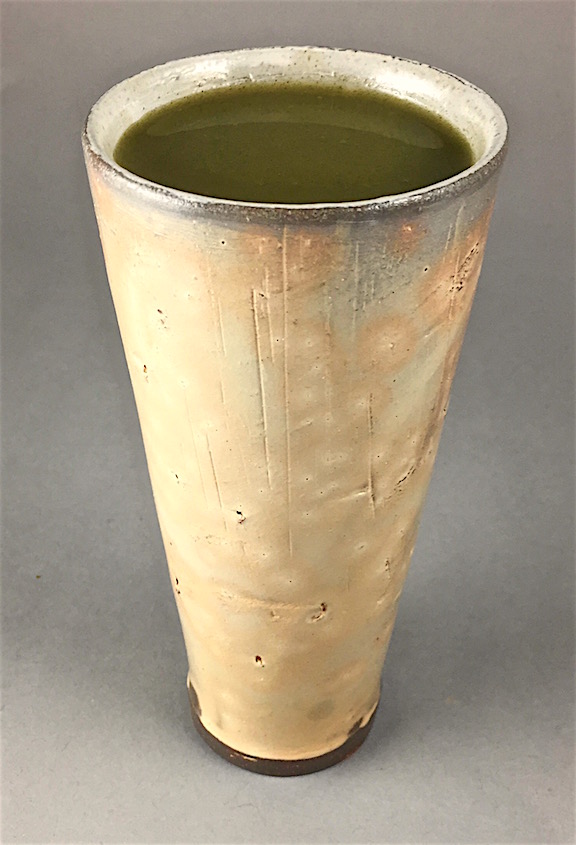
at a 2015 NCECA exhibition
The annual conference of the National Council on Education in the Ceramic Arts (NCECA) is one of the best places to see and buy handmade pottery and connect with other clay people anywhere in this country. The location moves every year from East Coast to Midwest to West Coast and back again. The multi-day conference is sponsored by local colleges and universities with ceramics programs and by local suppliers.

Pittsburgh is hosting the 2018 NCECA conference, “Cross Currents: Clay and Culture”, March 14-17. It includes lectures, panel discussions, networking sessions, demonstrations, technical forums and films as well as receptions, a sale of member donated cups, a K-12th grade ceramic exhibition, innovative performances (we’ve heard fabulous musicians ranging from the Sun Ra Arkestra to the contemporary string quartet ETHEL in past years) and lots of award ceremonies.

NCECA is a membership organization that promotes the sharing of ideas and information and promotes community building alongside professional and academic networking. Imagine thousands of flannel shirted, blue jeaned potters (with some stylish dressers along, too, of course) sprawled across the lobbies of the biggest hotels in Cincinnati, Columbus, Kansas City, Philadelphia, Boston and Las Vegas (that may have been the funniest contrast) and crammed into hotel bars and surrounding restaurants. It is often a clash of cultures in settings that are usually corporate and that makes it easy to spot comrades in clay and feel connected.
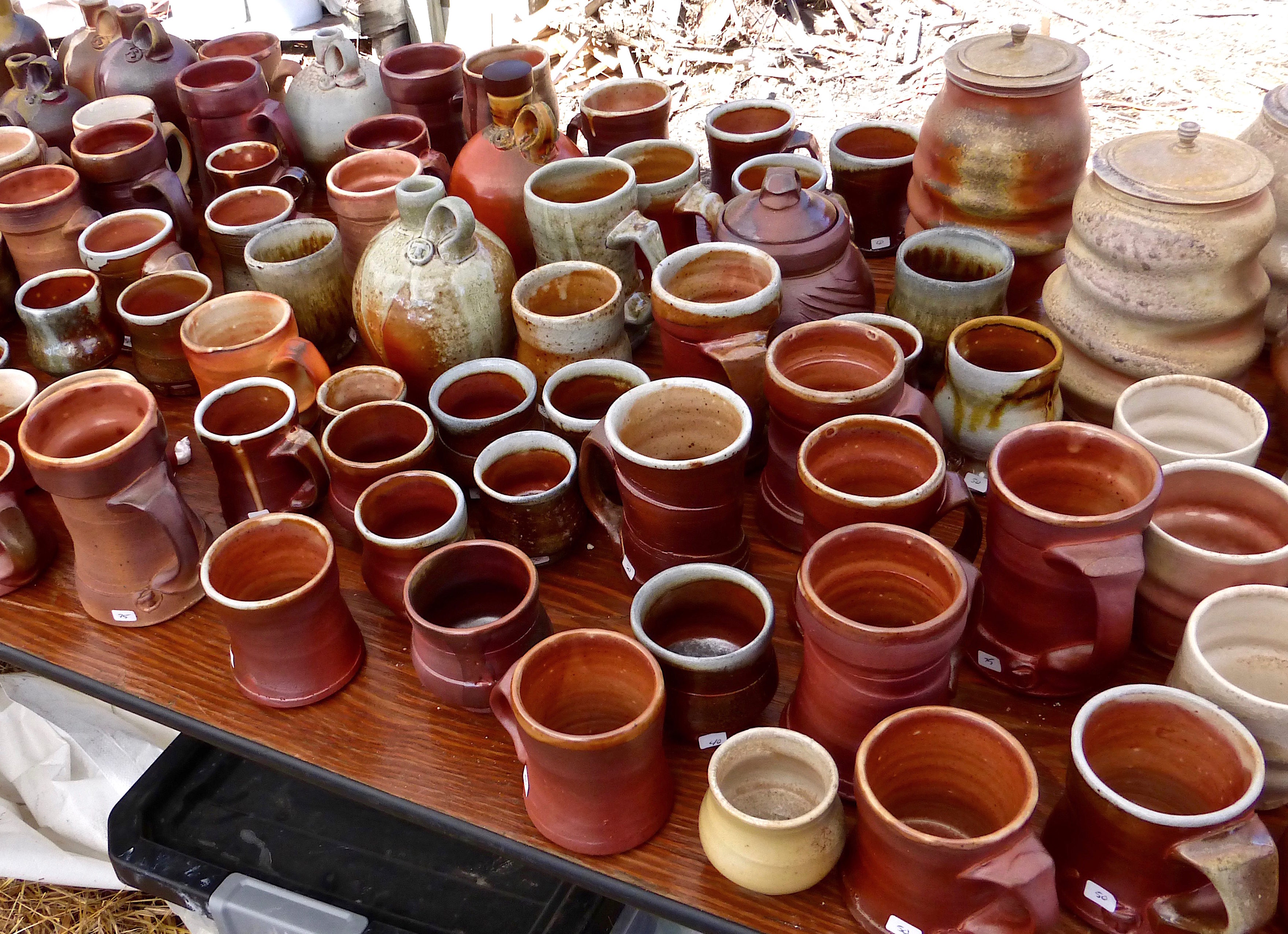
at a concurrent exhibit during the Providence NCECA
For me, the best parts of every NCECA conference are the exhibitions (of which there are many at the convention center, museums, galleries, campus buildings, coffee shops and public spaces), the sales of pots (ditto) and the chance to visit with potters and people involved with clay from across the country and around the world that I don’t get to see very often. It is a remarkable community and one I have been grateful to have been part of since my student days. It is a chance to see a US city while hanging out with 5,000+ potters, sculptors, teachers and other people involved with ceramics and learning more about the current state of clay.
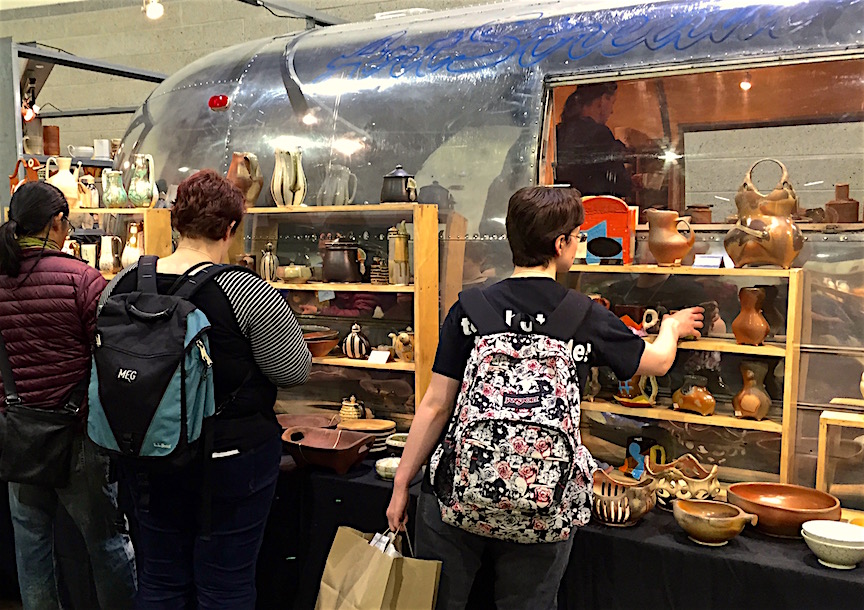
This year will be no exception – there are dozens of wonderful sounding shows and sales – unfortunately, I am not going this time. Friends who will be there promise to take lots of notes and photos and maybe even bring back a pot or two. Some of my favorite pots were purchased at NCECA Conferences from the Artstream Nomadic Gallery (a repurposed Airstream trailer that travels the country selling pots), from a collective of potters called Objective Clay who exhibit together and from the La Mesa Tabletop show sponsored by Santa Fe Clay (and including place settings by dozens of potters). I hope if you get to the Pittsburgh meeting this year, you will report back on what you learn, see and purchase for the rest of us to share. And I hope to see you at next year’s NCECA conference in Minneapolis!
